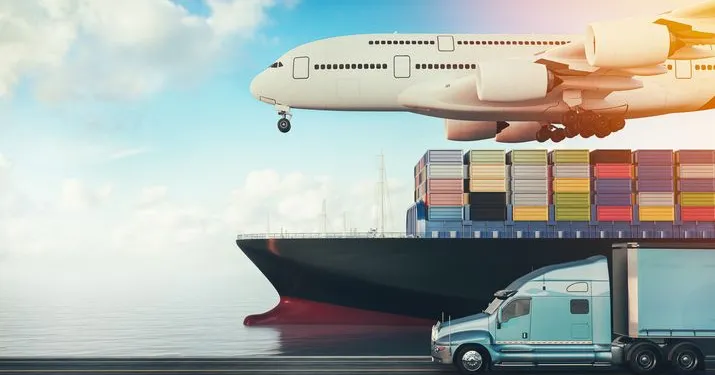The differences between forward and reverse Logistics

Forward and reverse Logistics are two crucial concepts that every business needs to understand to optimize operations. Both processes play an important role in ensuring the efficiency of the supply chain, but they differ fundamentally in terms of goals, methods, and operations.
1. What is forward Logistics?
Forward Logistics refers to the traditional operations in the supply chain, including activities such as transportation, warehousing, and distribution of products from manufacturers to consumers. It involves delivering goods to the right place, at the right time, with the lowest cost and best quality.
- Process: Manufacturer → Warehouse → Distributor → Consumer.
- Goal: Ensure goods reach the end customer efficiently and meet their requirements.
2. What is reverse Logistics?
In contrast to forward Logistics, reverse Logistics involves the process of handling goods returned from consumers back to the manufacturer or warehouse. This may include product recalls, returns, recycling, reusing materials, or managing unsellable products.
- Process: Consumer → Distributor → Warehouse → Manufacturer.
- Goal: Handle defective products, recover recyclable materials, or minimize waste in the supply chain.
3. Key differences between forward and reverse Logistics
Forward and reverse Logistics differ not only in processes and operational goals but also in management practices, costs, and environmental impacts.
a) Operational goals
- Forward Logistics focuses on optimizing transportation and distribution to ensure goods reach consumers quickly and cost-effectively.
- Reverse Logistics centers on recovering goods from consumers for recycling, reusing, or disposing of defective items, reducing environmental impact, and creating value from unsellable products.
b) Management process
- Forward Logistics primarily manages a one-way flow of goods from the manufacturer to the customer.
- Reverse Logistics, on the other hand, must handle more complex processes, including recovering products from multiple sources, processing, and sorting goods for reuse or recycling.
c) Operational costs
- Forward Logistics is often optimized to minimize transportation, warehousing, and distribution costs.
- Reverse Logistics can involve higher costs due to the complexity of recovering, inspecting, and processing returned goods.
d) Environmental impact
- Forward Logistics can contribute to increased emissions due to transportation and resource consumption.
- Reverse Logistics helps reduce environmental impact by recovering and recycling products, minimizing waste, and optimizing resource use.
4. Why is reverse Logistics becoming more important?
In an era where sustainability and social responsibility are increasingly emphasized, reverse Logistics is not just a solution for waste reduction but also an opportunity for businesses to create sustainable value. Particularly in retail and e-commerce, where product returns are common, reverse Logistics enables businesses to handle return processes efficiently, enhancing customer experience.
- Optimizing product lifecycle: reverse Logistics helps businesses extend the lifecycle of products through recycling or reuse, reducing the need for new production and preserving resources.
- Improving customer experience: prompt handling of return or warranty requests allows businesses to improve customer service and foster loyalty and repeat business.
In addition to offering solutions for traditional forward Logistics, VELA also leads in supporting businesses to effectively implement reverse logistics. With a modern technology platform, VELA optimizes product recovery processes, handles returns, and minimizes costs.
- Automated return management: VELA provides automated solutions for managing returns, helping businesses reduce processing time and save costs.
- Smart data analysis: the VELA platform helps businesses analyze return data to optimize processes and make informed decisions on recycling or reusing products.
- Enhancing sustainability: VELA supports businesses in building environmentally friendly reverse Logistics processes, reducing negative impacts, and contributing to sustainable development.
Both forward and reverse Logistics play vital roles in any business’s supply chain. Understanding the differences between these two concepts helps businesses optimize operational processes, reducing costs and creating sustainable value. VELA is proud to be a trusted partner, helping businesses effectively implement both forward and reverse Logistics to meet the growing demands of the digital era.

